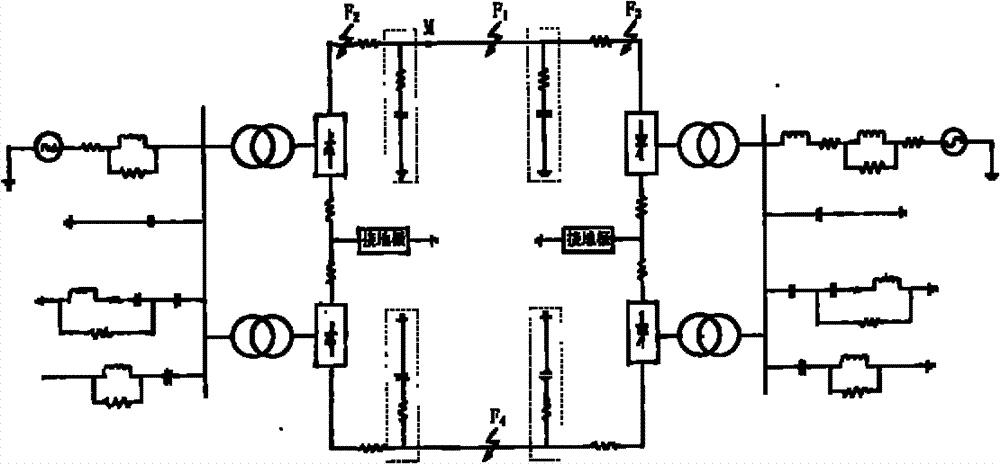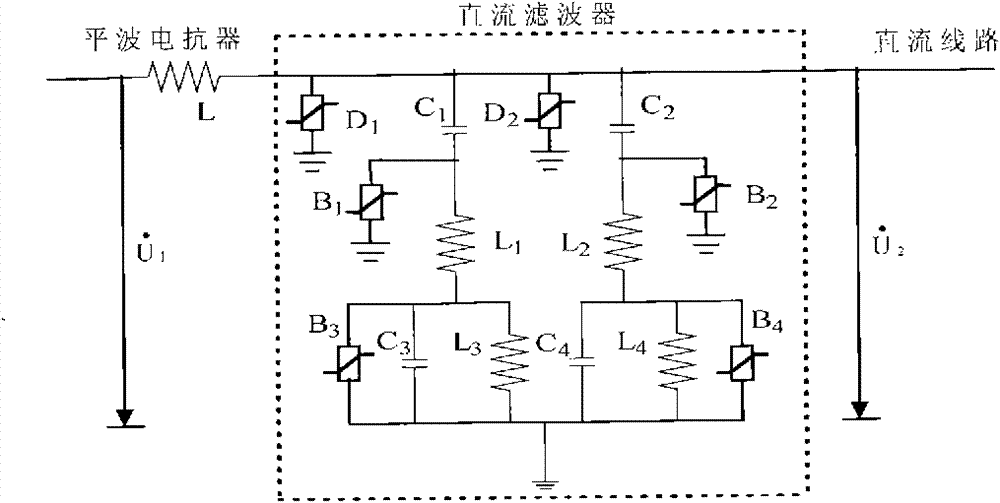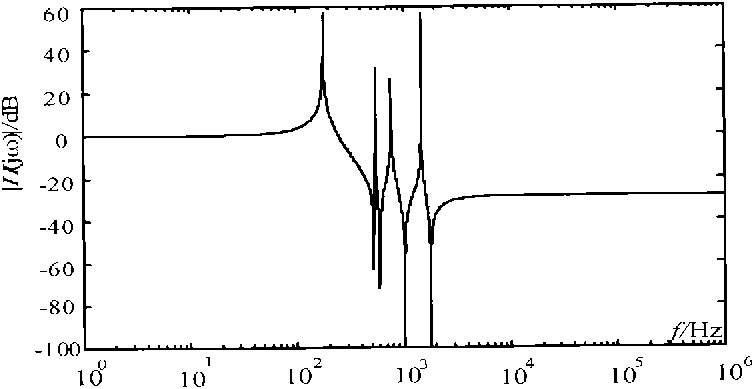EMD (Empirical Mode Decomposition) based boundary element method for ultra high voltage DC transmission lines
A technology for UHV DC and transmission lines, which is applied to electrical components, emergency protection circuit devices, etc., and can solve problems such as DC protection device refusal to operate, influence of directional traveling wave change rate, and susceptibility to noise interference, etc.
- Summary
- Abstract
- Description
- Claims
- Application Information
AI Technical Summary
Problems solved by technology
Method used
Image
Examples
Embodiment Construction
[0054] Simulation model such as figure 1 As shown, a positive ground fault occurs at a distance of 150km from the protection installation, the time window length is 1ms, and the sampling frequency is 100kHz.
[0055] (1) After the DC line fails, the starting element starts immediately, according to the formula:
[0056] u 1 =(u + -u - ) (1)
[0057] Find the line-mode voltage u 1 , the line-mode voltage waveform is as Figure 4 as shown in (a);
[0058] (2) EMD decomposes the line-mode voltage to obtain a matrix of c[m, n], where m is the number of IMF components obtained from the decomposition (if there is a residual component r, the decomposed r is also regarded as IMF), n=100, the IMF component is the instantaneous amplitude in time domain space.
[0059] (3) On the one hand, the absolute values of the m IMF components are calculated to obtain m |IMF t (i)|; On the other hand, Hilbert transform is performed on the decomposed IMF components ...
PUM
 Login to View More
Login to View More Abstract
Description
Claims
Application Information
 Login to View More
Login to View More - R&D
- Intellectual Property
- Life Sciences
- Materials
- Tech Scout
- Unparalleled Data Quality
- Higher Quality Content
- 60% Fewer Hallucinations
Browse by: Latest US Patents, China's latest patents, Technical Efficacy Thesaurus, Application Domain, Technology Topic, Popular Technical Reports.
© 2025 PatSnap. All rights reserved.Legal|Privacy policy|Modern Slavery Act Transparency Statement|Sitemap|About US| Contact US: help@patsnap.com



